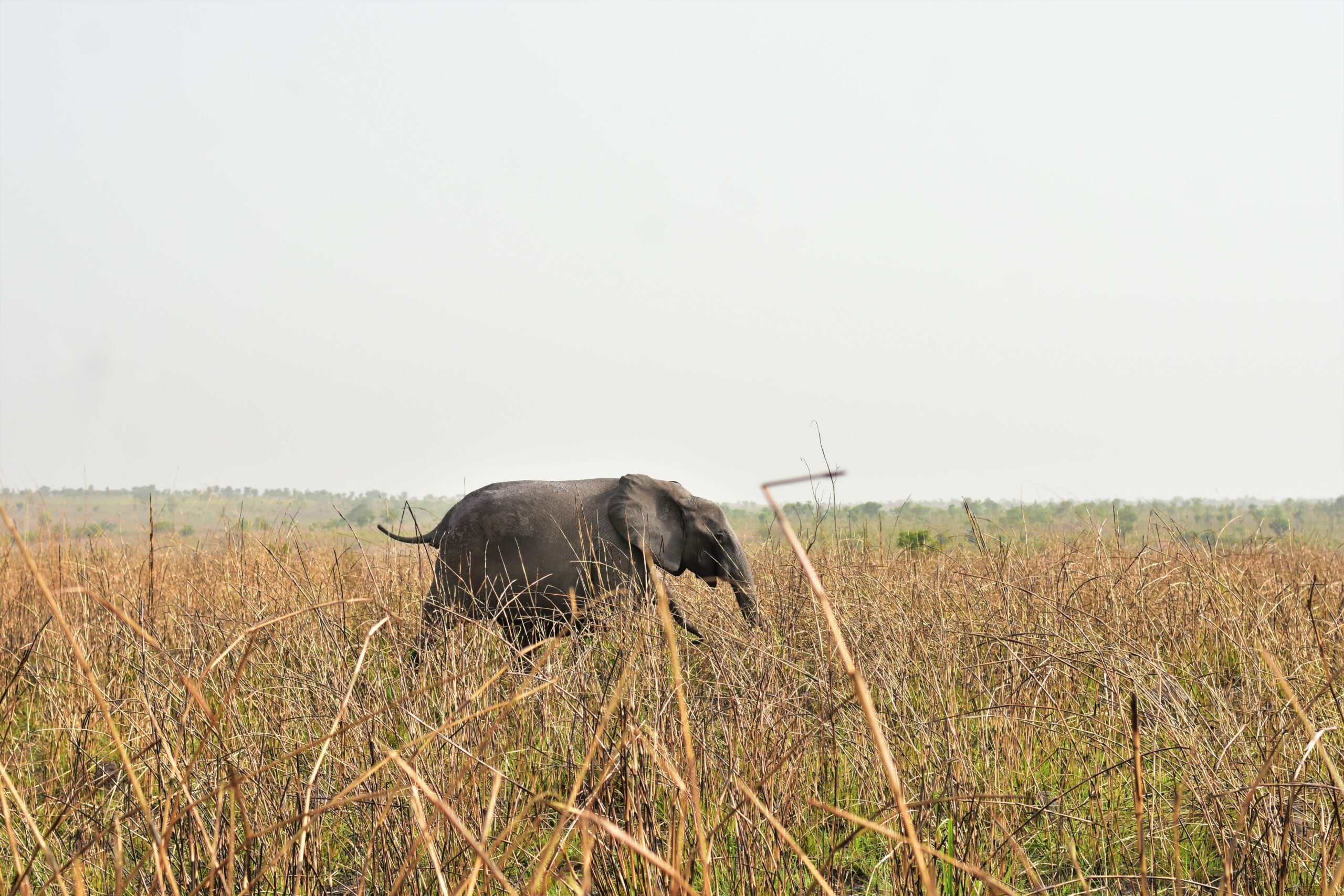Explorers Against Extinction Project Update
The elephant dung samples collected in Garamba National Park and sent to Stanford University by African Parks have now been analysed.
The results provide a fascinating insight about the diet of forest elephants in the region, and the role that they play in savanna systems. They also throw up a lot of new questions…
Ultimately, the findings will allow for correct conservation management of the landscapes and habitats.
As ‘forest gardeners’ Critically Endangered forest elephants play a fundamental role in maintaining forest diversity by browsing non-destructively, mostly targeting fruits and dispersing seeds over a wide area, spending a small proportion of time, if any, on grasslands – or so we thought…
However the analysis of dung samples reveals regional variations in forest elephant ecology.
A unique and rather isolated population of forest elephants is spending HALF of their time in the Garamba grasslands throughout the year, consuming large quantities of grass.
The study. which also includes monitoring movements using collar data. shows males to be “greater risk-takers, entering the human-altered landscape to forage on fruit.”
This research has been supported by Explorers Against Extinction who fund-raised in 2020 and subsequently donated $28,500 USD towards genomc reference work in Garamba, DRC and Chinko CAR. You can find full details here.
In addition to the research report recently shared with Explorers Against Extinction, CEO of African Parks, Peter Fearnhead announced in a newsletter:
“In Garamba National Park, two elephants were poached, bringing an end to two and a half years without a single incident. This coincides with a large gang of poachers that are using the Mbororo cattle herders as a cover.”
Our understanding from our time with ranger teams in Garamba in 2019 is that the larger Endangered savanna elephants tend to be targeted by poachers. This is largely due to the fact they live out on the plains and are more visible but also because they have larger tusks than forest elephants and are therefore more ‘valuable’ to poachers.
Savanna elephants are great landscapers – unlike forest elephants, they can be quite destructive knocking over and uprooting trees and creating the savanna landscape. As the population of savanna elephants declines, a change in landscape has been seen – this changing landscape has an impact on biodiversity and the species that can thrive in this region. It may also account for the movements of forest elephants out of the forest and onto the plains – this is one of many questions that further studies will hope to address.


